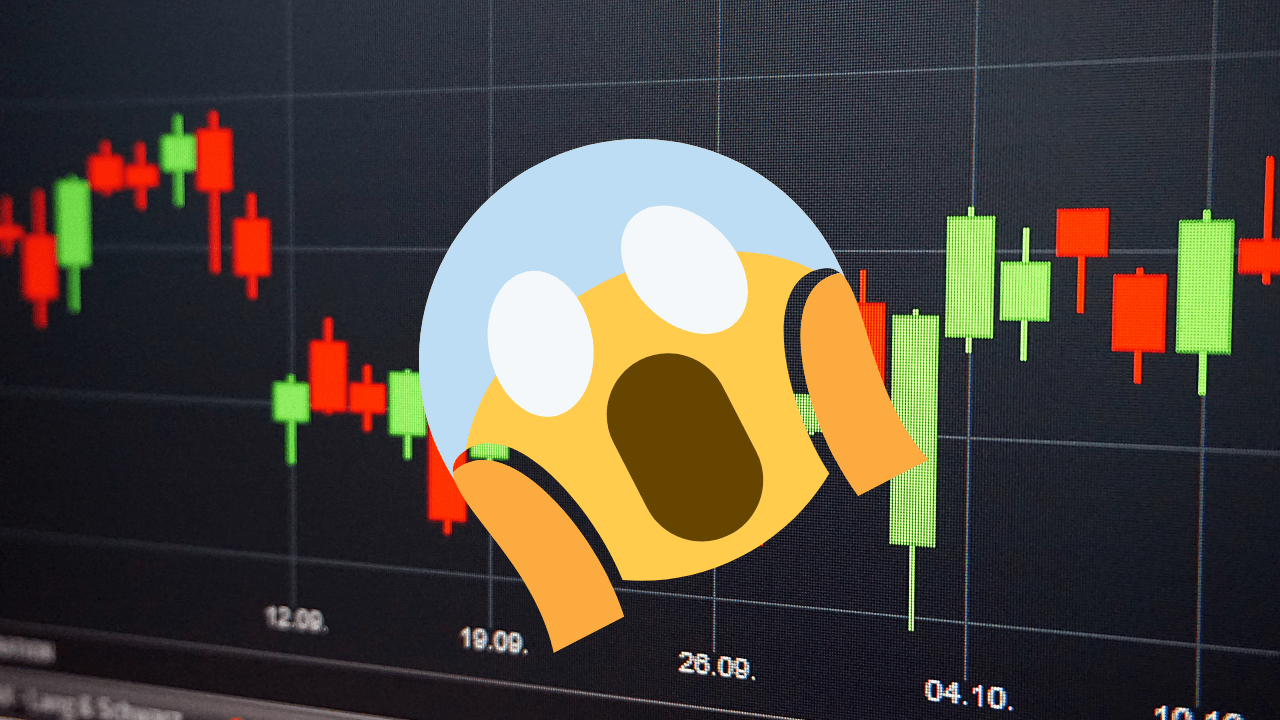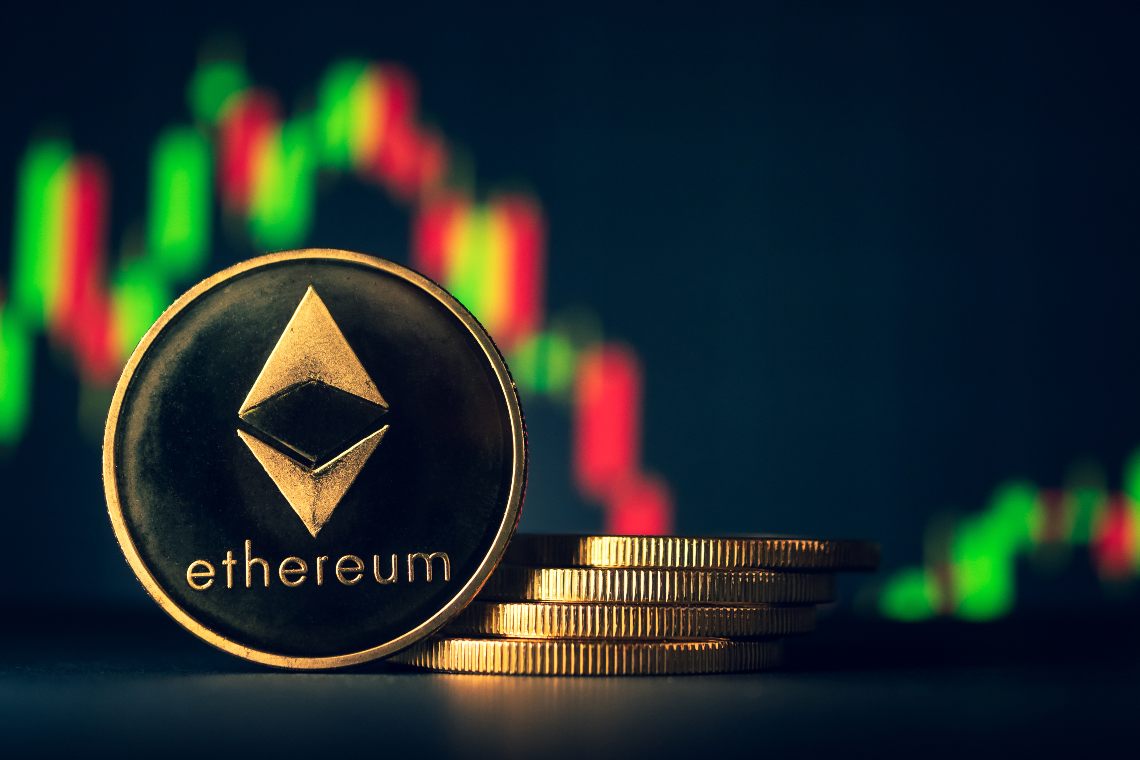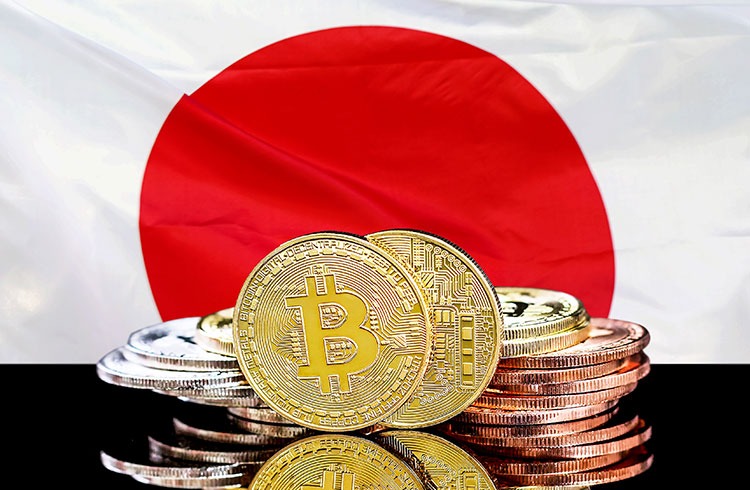Table of Contents
The RLUSD stablecoin from Ripple, the company behind the XRP coin, had a major launch on December 17, 2024, and is now really gaining momentum. This is evident in the trading volume, which has recently increased significantly.
XRP’s little brother experiences a rise in trading volume
Ripple’s stablecoin has made a major leap, with trading volume increasing by an impressive 70.86% to $125.89 million, according to data from CoinMarketCap. An impressive milestone, especially since the coin has struggled to cross the $100 million mark in recent weeks.
With the latest developments in the Ripple ecosystem, RLUSD is making a strong upswing and seems to be gaining more and more traction in the market. The token runs on both the XRP Ledger (XRPL) and Ethereum (ETH), making cross-border payments smoother and more efficient. This makes RLUSD particularly interesting for users who want faster and cheaper transactions than traditional banks can offer.
Ripple’s partnerships
Various partnerships are giving RLUSD a big boost. For example, Ripple recently partnered with a Portuguese exchange, a smart move that should make cross-border payments between Portugal and Brazil much easier. Such partnerships play a big role in the growth of the stablecoin and make it increasingly attractive to users worldwide.
Traditional banks are also recognizing the strength of the Ripple ecosystem. In Japan, the crypto company continues to make great progress and further expands its influence with SBI Shinsei Bank as a new partner. The collaboration not only strengthens XRPL’s position in the financial world, but also acts as an additional catalyst for RLUSD.
USDT remains the undisputed market leader
Although Ripple’s stablecoin is making progress, there is still a long way to go. For example, USDT, Tether’s token, remains the dominant player in the stablecoin market. With a market capitalization of almost $142 billion, USDT is one of the most traded stablecoins. USDC, issued by Circle, also remains a strong competitor. However, RLUSD has currently established itself in fifth place with a solid trading volume.
XRP/USD Technical Analysis & Trading Tips
The XRP/USD 30-minute chart on Bitstamp shows a strong upward breakout following a period of consolidation. The price is currently at $2.69, breaking through multiple resistance levels. A clear ascending channel is in play, indicating a well-structured bullish trend.

- Point A: Strong upward impulse followed by correction.
- Point B: Key support area where the price rebounded strongly.
- Point C: Current local high at $2.69, which serves as a short-term resistance.
- Point D: Mid-level support maintaining the trend structure.
Technical Indicators
Resistance & Support Levels
-
Resistance:
- $2.70 – $2.80 → Short-term resistance, potential breakout zone.
- $3.00 – $3.10 → Psychological barrier & historical resistance.
-
Support:
- $2.50 – $2.55 → Strong support zone, aligned with trend support.
- $2.30 – $2.40 → If price corrects deeper, this is a buying opportunity.
📈 Relative Strength Index (RSI)
- Current RSI: 80.77 (Overbought)
- The RSI suggests XRP is currently overbought, meaning a short-term correction is possible before another leg up.
Trading Tips & Strategy
🔹 Bullish Scenario:
- If XRP breaks above $2.70 and holds, expect a push towards $3.00 – $3.10.
- A buy signal would be a breakout with volume confirmation.
🔹 Bearish Scenario:
- If XRP fails to hold $2.69, expect a potential retest of $2.50 – $2.55.
- A deeper correction to $2.30 would be a solid buying opportunity.
💡 Trading Tip:
- Scalpers & Short-Term Traders → Consider taking profits at $2.80 – $3.00.
- Swing Traders → Look for dip entries near $2.50 – $2.40 for a ride back to the highs.
- Risk Management → Set stop-losses near $2.45 to protect gains.
Final Thoughts – XRP’s Next Move? 🚀
XRP is showing strong bullish momentum, but short-term overbought conditions could lead to a pullback before continuation. If the uptrend remains intact, the next major target is $3.10. Keep an eye on volume and RSI levels for confirmation before entering new positions.

























